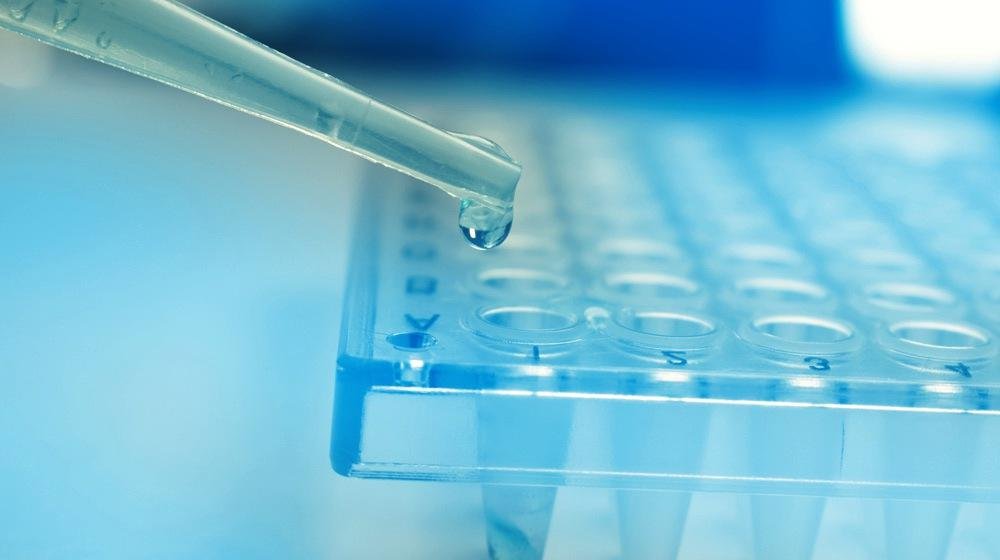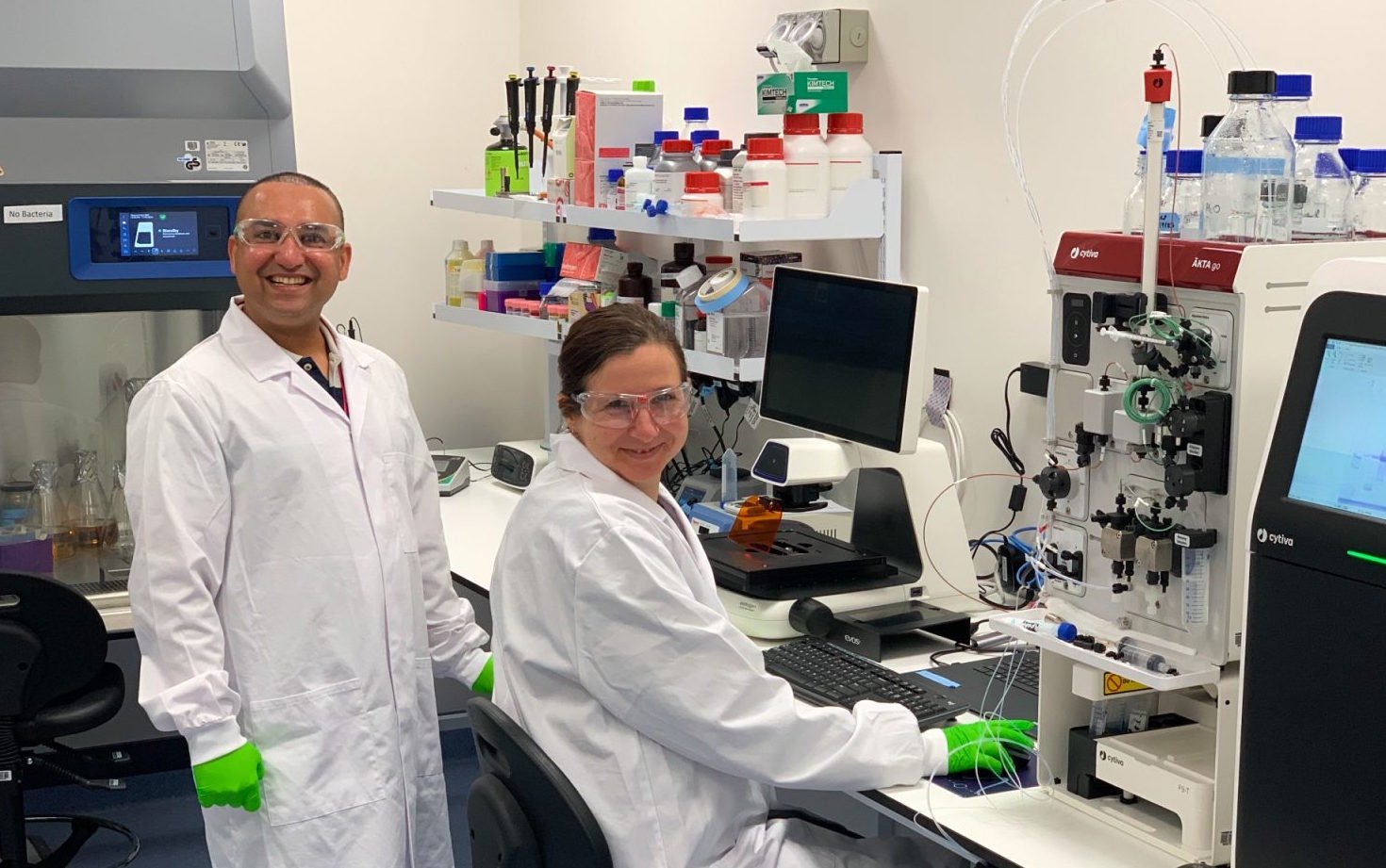Korea unveils affordable method to produce pharma ingredients
06 October 2020 | News
A new eco-friendly and low-cost synthetic method for chemical compounds that have potential as pharmaceuticals

Photo Credit: School of Natural Sciences, UNIST, Korea
Besides searching for novel biologically active compounds for the discovery of new drugs, it is even more important to develop a new, simple synthetic method to produce them. A recent study, affiliated with Korea's Ulsan National Institute of Science and Technology (UNIST) has reported a new eco-friendly and low-cost synthetic method for chemical compounds that have potential as pharmaceuticals.
Professor Cheol‐Min Park and his research team in the School of Natural Sciences at UNIST has reported a new synthetic method to produce indolopyran, one type of nitrogen ring compound, with the use of clean electricity. The new synthetic method promises to be safer, more economical and more environmentally friendly than traditional ones.
Nitrogen ring compounds are contained in about 60% of drugs that are recently approved by the U.S. Food and Drug Administration (FDA). These compounds are made from a series of carbon atoms that are linked together to form a complete ring with a nitrogen atom sandwiched between them. The addition of functional groups to these compounds allows for the synthesis of new drug discovery. The difficulty of such synthesis depends upon the ring shape and the type of functional groups.
Indolopyran, which has drawn attention of many researchers due to its anticancer and anti-inflammatory effects, has so far been quite difficult to synthesize. There is currently no best method to synthesize this, as the synthesis for indolopyran requires a base and a metal catalyst, and it occurs only at high temperatures.
The team has successfully synthesized indolopyran by pairing indoles with the active methylene compounds (AMCs) through the reaction that occurs at the anode or the cathode of an electrode. This synthesis method used oxygen in the atmosphere, as a pre-base at room temperature, and iodide as a catalyst instead of metals. Besides, through the use of constant voltage mode to maintain a constant voltage, it recolved the problem of functional group damage, caused by a high voltage.
“Unlike the conventional synthesis method, which mainly uses only one pole, we were able to successfully synthesize the complex structure of indolopyran, using both the reactions for cathodes and anodes,” says Subin Choi (Combined MS/PhD in the Department of Natural Sciences, UNIST), the first author of the study.
Based on the discovery, the research team applied the same method to synthesize the scaffolds of dihydrofuran. Through the use of enamine as the starting material, instead of indoles, they successfully synthesized dihydrofurants, in which the oxygen is incorporated in the pentagonal carbon rings formed.
“The new method promises to be safer, more economical and more environmentally friendly than the existing synthesis methods,” says Professor Park. “With this, it will be possible to develop a process for producing bioactive substances in large quantities.”
The findings of this research have been published in the July 2020 issue of Angewandte Chemie International Edition. This study has been supported by the National Research Foundation of Korea.












